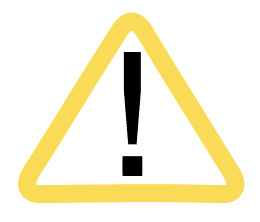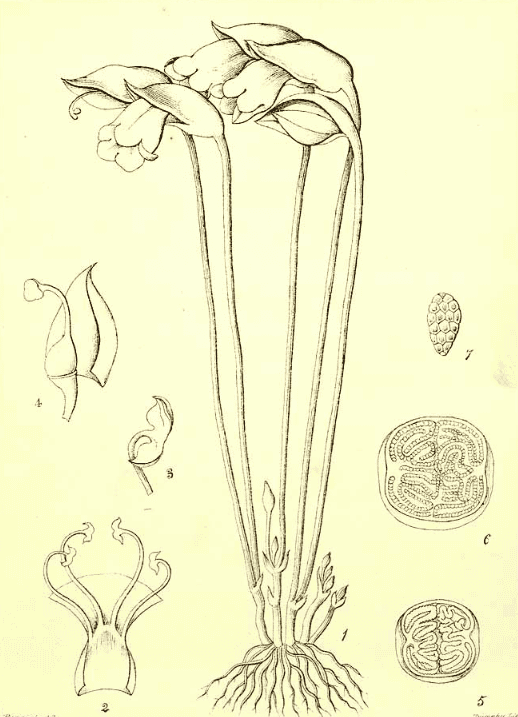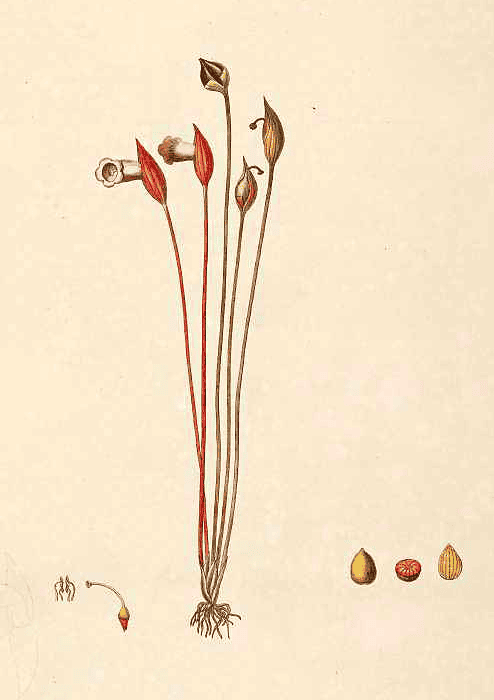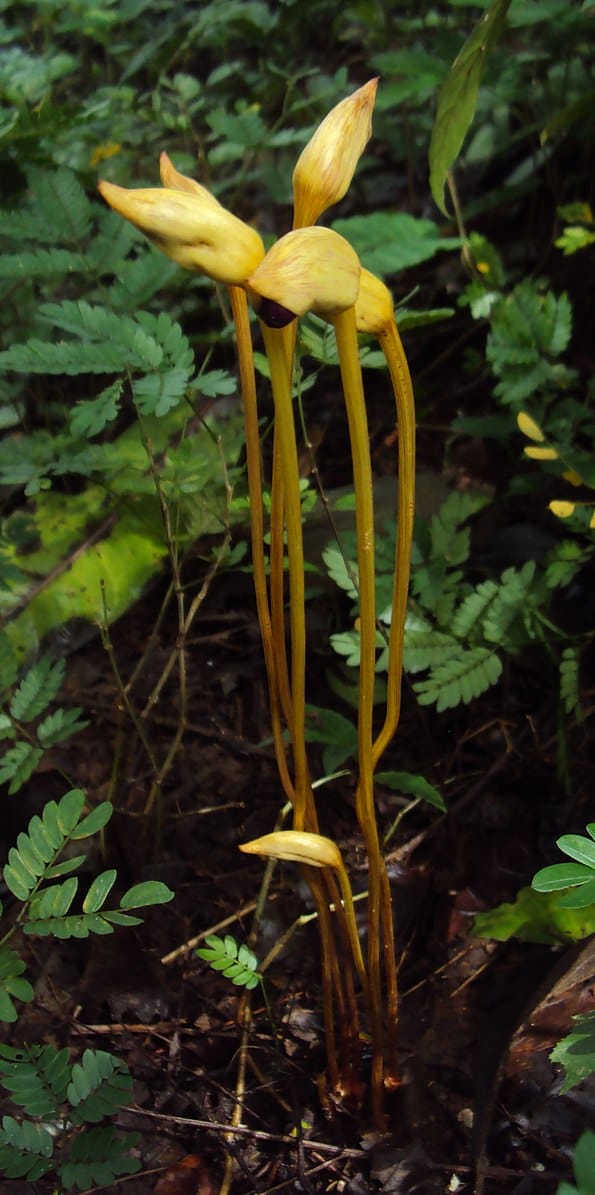Aeginetia, Ye Gu 野菰Indian Aeginetia, Indian Broomrape, Ghost FlowerYe Gu, Guan Hen Huang (TCM) Ankuri Bankuri (Hindi) |

|

|

|
|
Wight, R., , Icones plantarum Indiae orientalis (1846) |
Roxburgh, W., Plants of the coast of Coromandel (1795) |

|
Left: Aeginetia indica (Photo by Vinayaraj) (Wikimedia) |
Botanical name:
Aeginetia indica (A. aeginetia, A. boninensis, A. japonica, Orobanche aeginetia)
Parts used:
Whole Herb, fresh or dried
The plant is a parasite on the roots of various grasses and sugar cane.
Temperature & Taste:
Cold, dry. Bitter. Slightly Toxic
Uses:
1. Clears Heat, Resists Poison:
-Swollen Sore Throat, Pharyngitis, Tonsillitis, Cough, Asthma
-High Fever in Children
-Urinary Tract Infection, acute Nephritis
-Arthritis
-Hepatitis, chronic Liver disease
–Osteomyelitis
-Boils, Abscess, Furunculosis
-Goiter
-Snake Bite (externally)
2. Diabetes:
-as a folk remedy for Diabetes (Philippines)
Dose:
Decoction: 9–15 grams (up to 30 grams)
Fresh herb can be crushed for external application, of made into an oil with Sesame oil for topical use.:
Main Combinations:
1. Cough, Aeginetia with Coltsfoot, Licorice
2. Sore Throat, Pharyngitis, Aeginetia with Coptis Huang Lian, Licorice
3. Urinary Tract Infection, Aeginetia with Plantain seed (Che Qian Cao)
4. Goiter, stew with Pork Intestine
5. Osteomyelitis, Aeginetia with Licorice; it can be applied topically also.
6. Scurvy, Aeginetia with Sugar and Nutmeg (English use while in India)
7. Snake Bite, Aeginetia (1–2 plants) with Centipedes (7 in number) and a little Musk, infused in Sesame oil and applied topically.
8. Boils, Aeginetia beaten with a little Sesame oil and applied topically.
Major Formulas:
Cautions:
Avoid overdose
Main Preparations used:
1. Immunomodulatory
–enhances cell-mediated immunity
2. Anti-Tumor
3. Anti-Cancer
–especially Renal Cancer
-synergistic with 5-FU
4. Inhibits Hepatitis C virus
